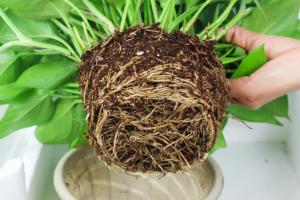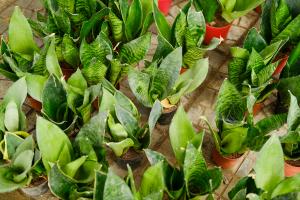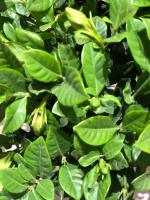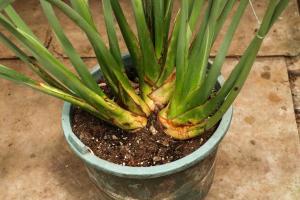How Do Xerophytic Plants Reduce Water Loss
Xerophytic plants are special types of plants that have adapted to living in dry environments. These plants have evolved to reduce water loss in order to survive in arid and semi-arid regions. In this article, we will explore how xerophytic plants reduce water loss.
Morphological Adaptations
Xerophytic plants have several morphological adaptations which enable them to conserve water. For one, these plants tend to have a deep root system which allows them to access water reserves deep in the ground. Additionally, xerophytic plants tend to have small leaves, which reduce the surface area through which water can be lost via evaporation. Some of these plants also have a thick cuticle layer that covers the leaves, preventing water loss through transpiration.
Behavioral Adaptations
Xerophytic plants have also developed behavioral adaptations that allow them to reduce water loss. For instance, some of these plants have adapted to open their stomata (small openings in the leaves which allow for gas exchange) at night when the air is cooler and more humid. This reduces the amount of water lost through transpiration. Other xerophytic plants are capable of shedding their leaves during periods of drought, which reduces the amount of surface area through which water can be lost. Lastly, some xerophytic plants, such as cacti, are capable of storing water in their tissues for long periods of time. This allows them to survive for months or even years without access to additional water.
Physiological Adaptations
Xerophytic plants have also developed several physiological adaptations which enable them to conserve water. For example, these plants tend to have a high concentration of solutes in their cells, which allows them to retain water even in dry conditions. Additionally, some xerophytic plants have specialized cells that are capable of carrying out photosynthesis without opening their stomata. This reduces the amount of water lost through transpiration.
Conclusion
Xerophytic plants have evolved to live in harsh and arid environments, and as such they have developed several adaptations to conserve water. These adaptations include morphological, behavioral, and physiological changes which enable them to survive long periods of drought. By understanding how xerophytic plants reduce water loss, we can gain a greater appreciation for the incredible resilience of nature.

 how many times do yo...
how many times do yo... how many planted tre...
how many planted tre... how many pine trees ...
how many pine trees ... how many pecan trees...
how many pecan trees... how many plants comp...
how many plants comp... how many plants can ...
how many plants can ... how many plants and ...
how many plants and ... how many pepper plan...
how many pepper plan...































